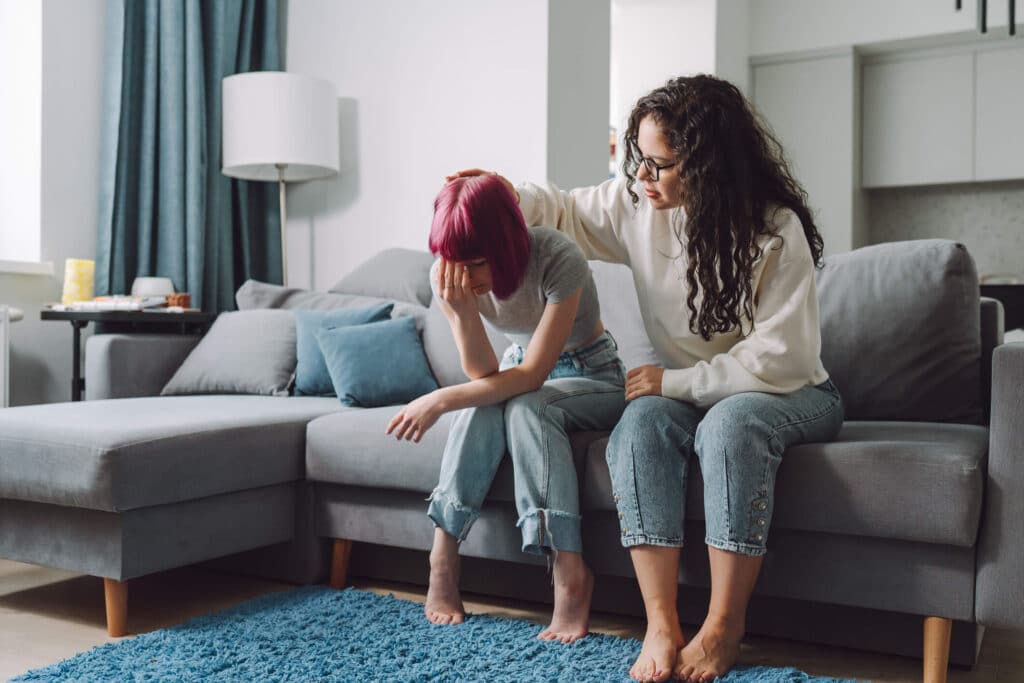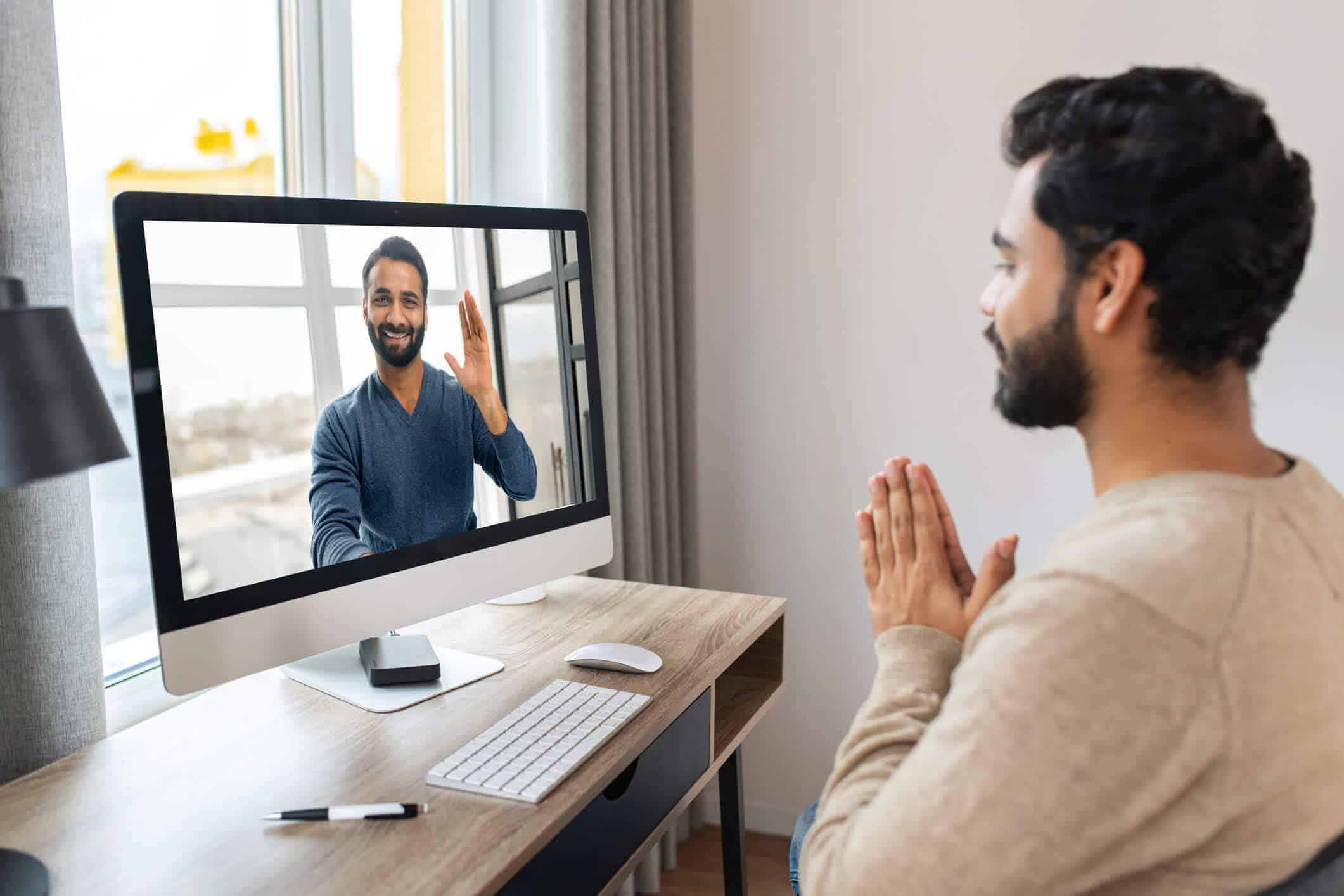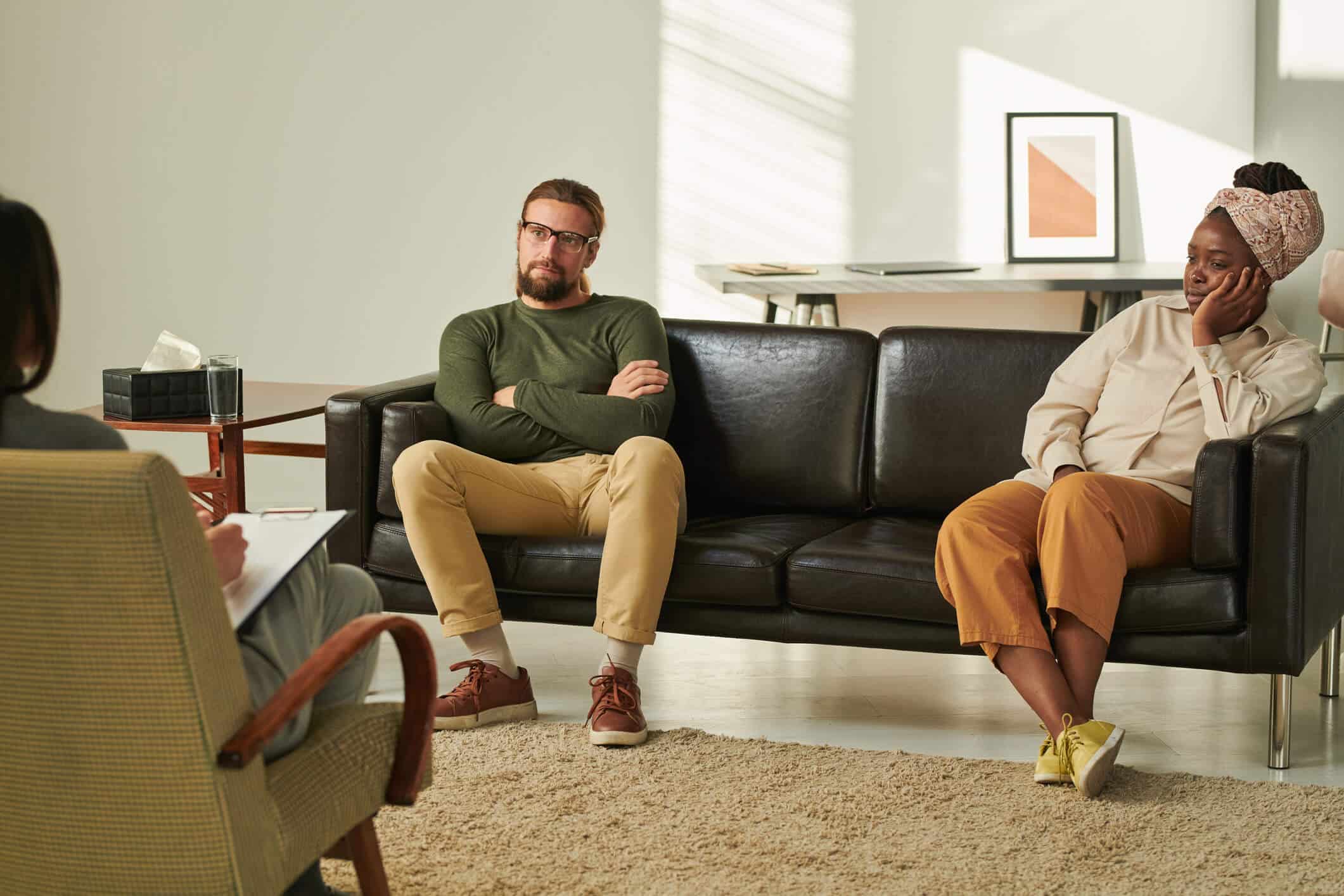Introduction
Exposure therapy teaches us to confront our fears in the face of the fight-or-flight reaction. People who get exposure therapy are intentionally exposed to events, situations, and people that would normally leave them feeling powerless. The difference in this process is that people who get exposure therapy are walked through the uncomfortable situation step-by-step with the help of a licensed therapist. In this article, we take a deeper look at exposure therapy including a basic overview of the person-centered therapy approach, some benefits of using exposure therapy, and where to find exposure therapists online.
Exposure Therapy Basics
Psychological research has shown the benefits of getting exposure therapy to be equivalent to the effects of taking psychiatric medication. In exposure therapy, people suffering from issues with chronic mental health disorders like anxiety, post-traumatic stress disorder, and obsessive-compulsive disorder are gradually taught how to face their fears in immersive experiments that place them face-to-face with their biggest fears. Therapists who practice exposure therapy teach people how to confront their fears instead of trying to ignore or bury them deep inside. In fact, psychological research has shown that not addressing issues by using escapism or burying techniques will actually keep the unwanted issues at the forefront of your mind which makes them even harder to manage. Exposure therapy helps people to learn how to face their fears in order to prevent creating lifelong issues.

How Exposure Therapy Works
Exposure therapy is used to help people learn how to deal with uncontrollable or overwhelming emotions. Many times people don’t believe they are resilient enough to handle the effects of negative outcomes. This belief can manifest itself in the form of chronic mental health disorders like stress, anxiety, depression, and bipolar disorder.
Sessions with an exposure therapist can gradually introduce you to new scenarios and circumstances in a safe and protected environment. Exposure therapy can help people overcome their feelings of powerlessness in relation to their mental health triggers. As feelings of powerlessness begin to fade, people who get exposure therapy learn to have a renewed sense of self and higher self-confidence.
As higher self-confidence develops, communication and behaviors are also affected. The positive changes experienced in exposure therapy will begin to show up in your life. A renewed sense of self-confidence can help you revamp your life by improving your personal relationships, finances, in addition to your mental and physical health.
Common Exposure Therapy Techniques
Therapists who practice exposure therapy techniques have undergone years of clinical training to provide therapeutic mental health services. People who get exposure therapy should do so only when they are 100% sure the therapist they are practicing exposure therapy with has a valid license in good standing with your state’s therapy licensing board. The reason for this is that the techniques used in exposure therapy are clinically designed to produce positive mental changes when used in compliance with psychological practices and principles.

To that end, never try to practice exposure therapy on yourself, or attempt to practice exposure therapy with an unlicensed person. You can easily check the status of the license of any therapy professional in your state by visiting your state’s licensing board website online. Now that you understand the importance of practicing exposure therapy with a board-certified and licensed therapy practitioner, let’s look at a few of the techniques used in therapy.
Flooding – this exposure therapy approach is also known as “in vivo” therapy. Flooding is an exposure therapy technique that is designed to get rapid results. When flooding is used in exposure therapy, the person suffering from a mental health disorder like anxiety or post-traumatic stress disorder is introduced to the offending stimulus or situation quickly and all at once. This is in contrast to other exposure therapy techniques that introduce the triggering stimulus gradually or slowly.
Systematic – introduces the offending of triggering stimulus over a set period of time. As a result of the gradual introduction of the negative stimulus, chronic mental health sufferers are conditioned to gradually tolerate the negative stimuli over time. For example, someone using exposure therapy to resolve a fear of dogs may be systemically conditioned to tolerate dogs by gradual and systemic exposure.
Desensitization – exposure therapy uses systematic exposure and flooding techniques to gradually desensitize patients suffering from negative symptoms of chronic mental health issues. The goal of exposure therapy is to make it easier for mental health clients to take back their power from situations, circumstances, and people that contribute to the negative symptoms of anxiety, post-traumatic stress disorder, and obsessive-compulsive disorder.



